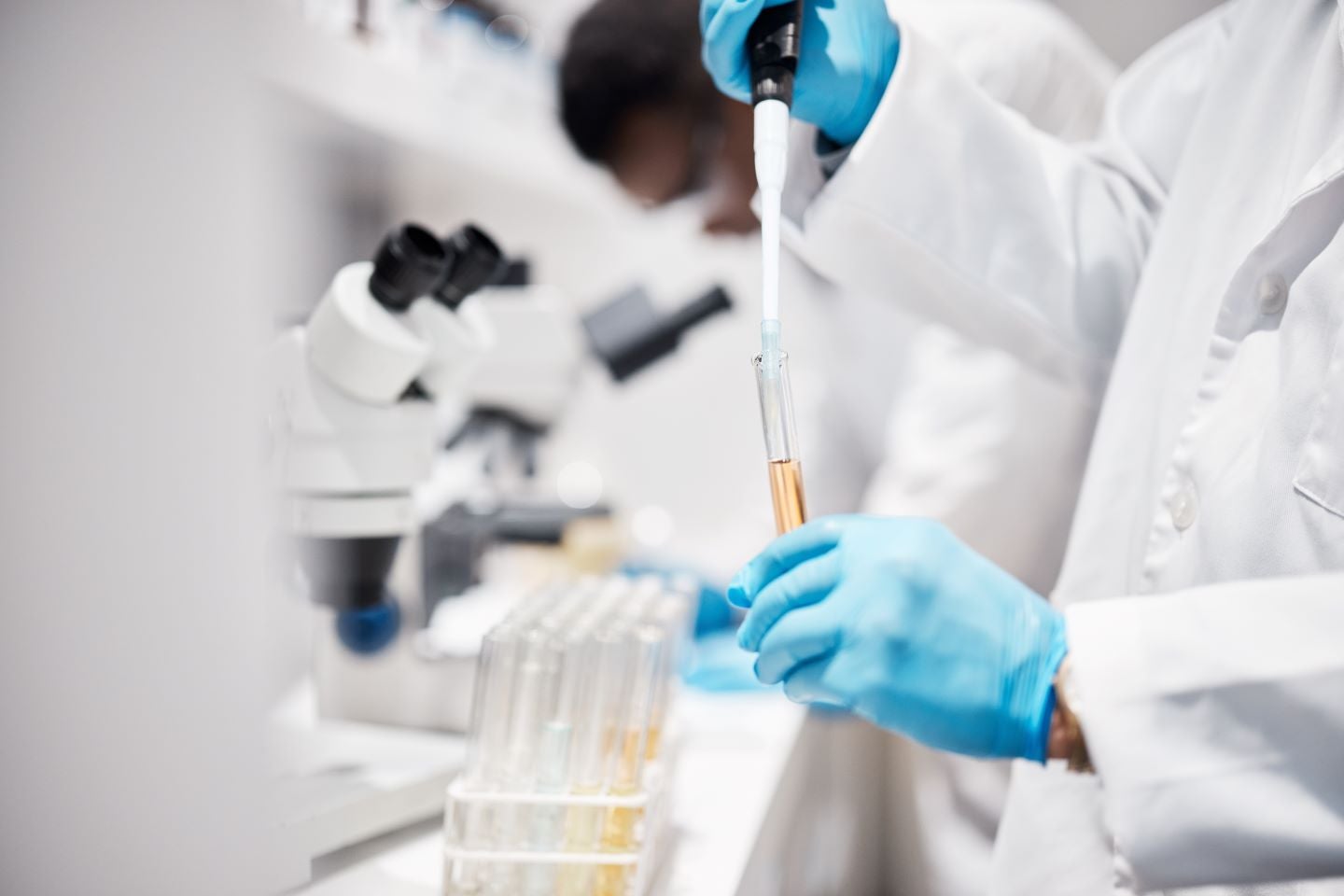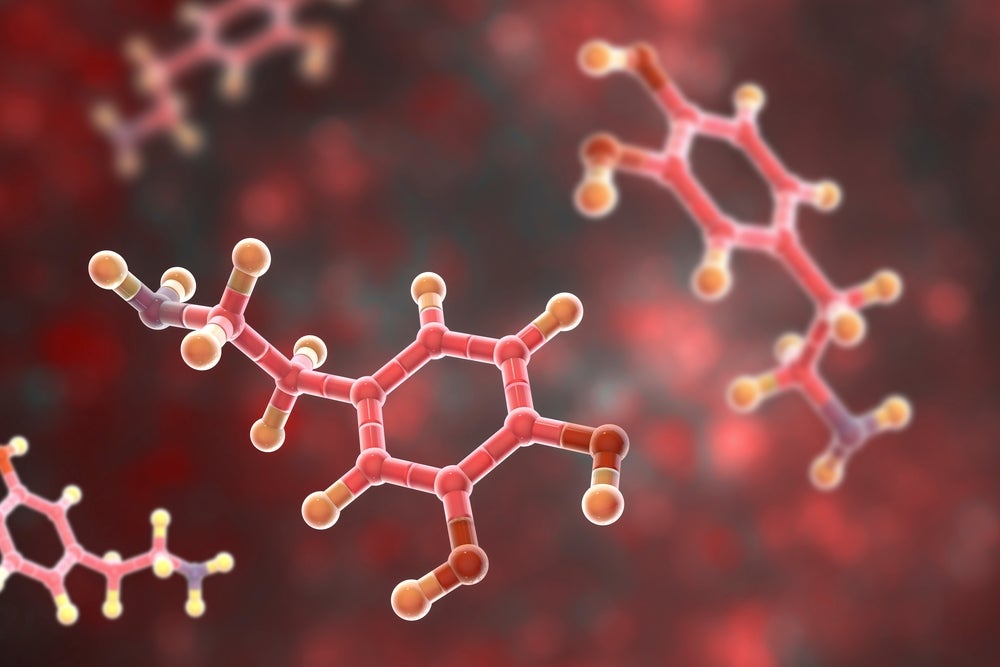How origami might inform disease diagnoses
Researchers at the USC Viterbi School of Engineering looked to origami to create new sensors that could someday be employed to detect deformations in organs and also for use in wearables and soft robotics. Credit: Zhao Research Group at USC Viterbi School of Engineering Researchers at the USC Viterbi School of Engineering looked to origami […]

Researchers at the USC Viterbi School of Engineering looked to origami to create new sensors that could someday be employed to detect deformations in organs and also for use in wearables and soft robotics.

Credit: Zhao Research Group at USC Viterbi School of Engineering
Researchers at the USC Viterbi School of Engineering looked to origami to create new sensors that could someday be employed to detect deformations in organs and also for use in wearables and soft robotics.
Their paper, “High-Stretchability and Low-Hysteresis Strain Sensors Using Origami-Inspired 3D Mesostructures,” featured in Science Advances explains how USC researchers Hangbo Zhao, Xinghao Huang, Liangshu Liu, Yung Hsin Lin, Rui Feng, Yiyang Shen, and Yuanning Chang developed “stretchable strain sensors,” that can measure how much an object strains or deforms.
“The challenge,” says the paper’s corresponding author, USC Assistant Professor of Aerospace and Mechanical Engineering and Biomedical Engineering, Hangbo Zhao, “is to create sensors that can stretch significantly, respond quickly, and give precise readings even when measuring large and dynamic deformations.”
Current stretchable strain sensors mostly use soft materials like rubber—but this type of material can have irreversible changes in the material properties through repeated use, thus producing unreliable metrics related to deformation detection.
Researchers thus devised a new type of structure for the sensors. Inspired by origami, more rigid materials are folded with electrodes on each side of the panel (imagine the sensor as an upside down, opened book with two electrodes on the front and back covers). As the electrodes unfold the strength of the electrical field between the electrodes is captured. A model developed by the team then converts this reading into a measurement that captures the amplitude of the deformation.
The newly created sensors can stretch up to three times their original size with high sensing accuracy even with repeated use. In addition, the sensors respond very quickly, detecting deformations in less than 22 milliseconds in very tiny areas (approximately 5 square millimeters). In addition, they are capable of detecting strain from different directions.
Such sensors can measure large and complex deformations accurately, which can have applications in sensing motions of soft robots, tracking movements of human joints, or even monitoring organs such as the bladder to determine abnormalities that might indicate disease.
Journal
Science Advances
Method of Research
Experimental study
Subject of Research
Not applicable
Article Title
High-Stretchability and Low-Hysteresis Strain Sensors Using Origami-Inspired 3D Mesostructures
Article Publication Date
25-Aug-2023
What's Your Reaction?


































